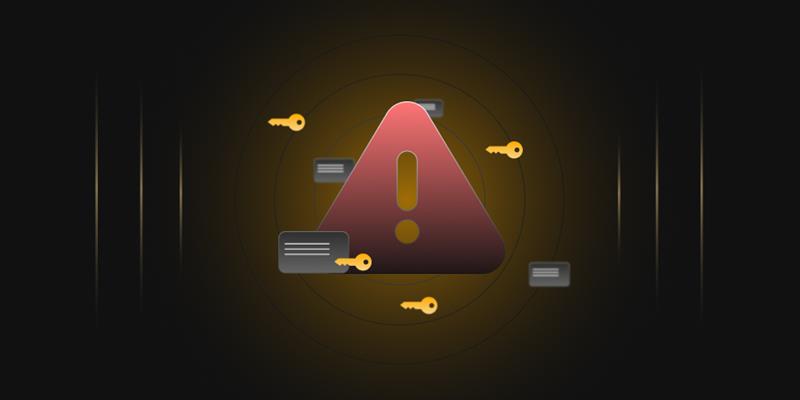Humans are often the weakest link in cybersecurity to the extent that social engineering is one of the best tools in a red team’s arsenal. For organizations, keeping a PKI secured is one of the most essential factors for keeping their organization secure, as PKI is tied to its identity. Every user and computer gets a certificate from their PKI infrastructure, which is used to communicate securely.
If the PKI is compromised, anyone can impersonate any individual or machine and easily perform MITM attacks to compromise the security of the whole infrastructure. And if the PKI goes down, there will also be organization-wide outages, which can affect every user and machine in the organization.
Ensuring the security of the PKI environment and their respective Certification Authorities (CAs) requires a comprehensive approach, especially when mitigating password fatigue and other authentication risks associated with users.
The challenges of password fatigue
In the context of PKI and CAs, password fatigue can lead to significant security risks. Users struggling to create complex passwords for various websites often resort to password reuse, thereby compromising their credentials. This, in turn, grants unauthorized access to critical systems and the sensitive data they contain, posing a serious threat to security.
Strategies for Protecting Your PKI Infrastructure
Ensuring robust security for your PKI Infrastructure is paramount to safeguarding your entire infrastructure. To this end, here are some key strategies for formulating your security policies.
-
Strong Password Policy
Enforcing a strong password policy across all user accounts which have access to PKI systems and their respective CAs is one of the methods to ensure that the systems are not compromised easily. This includes requirements for minimum password length, the complexity of the password, a mix of uppercase, lowercase, number, and special characters, and how often the passwords need to be changed.
-
Multi-Factor Authentication, or MFA
Enhancing your security by implementing MFA mechanisms is also essential for your security posture. MFA combines what all users know, which is their passwords, with something they have, such as a token or mobile device, or something they are, such as biometric authentication using fingerprints. This reduces the risk of unauthorized access even if passwords get compromised.
-
Certificate-based authentication
Usage of certificates for certificate-based authentication whenever possible is one of the approach that will eliminate the need for passwords for certain operations which reduces the risk of password-related vulnerabilities and user fatigue to remember their passwords or password reusage.
-
Key Management
Adhering to key management best practices, such as safe storage of private keys, key rotation, and revocation of compromised keys, can be critical for maintaining the integrity of PKI environments.
-
Granular Access Control
Following the principle of least privilege (PoLP), proper access control should be implemented so that users have access only to the resources and operations necessary for their roles, which will mitigate the risk of unauthorized access and misuse of PKI systems.
How CertSecure helps in Password fatigue and authentication risks in PKI
CertSecure provides a single pane of glass for organizations to be able to operate PKI on a daily basis. This includes generating certificates, revocation, renewal and expiration alerts, and more. CertSecure also alerts admins in any major incidents so they can be promptly handled without causing major outages and ensure the PKI posture of the organization is maintained.
Organizations that use CertSecure do not need to access their PKI infrastructure regularly. The authentication of CertSecure Manager is handled by Microsoft AzureAD which provides easy access to the portal for users already using AzureAD.
This helps to ensure that the users do not need to reuse or reenter passwords again and again thereby reducing password fatigue. This also helps organizations ensure that the PKI infrastructure is only accessed when needed thereby also reducing authentication risks within the environment.
Conclusion
For an organization protecting their PKI and the Certification Authorities (CAs) within them against password fatigue and authentication risks is critical for maintaining the security as well as the integrity of the organization’s infrastructure. By implementing strong password policies, multi-factor authentication, certificate-based authentication, key management best practices, and granular access controls, you can significantly reduce the risk of unauthorized access and mitigate the challenges posed by password fatigue.




